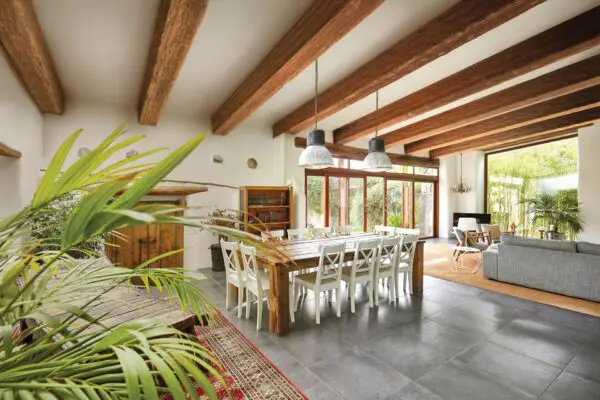Faux Beam Ceilings – The Beauty of Non-Structural Beam Ceilings
A faux beam ceiling is one important type of wood beam ceilings. It refers to a decorative ceiling that uses materials like wood, foam, or gypsum to create the visual look of support beams. Unlike real structural beams, faux beams serve a solely aesthetic purpose. They create visual interest and architectural flair without bearing ceiling…






